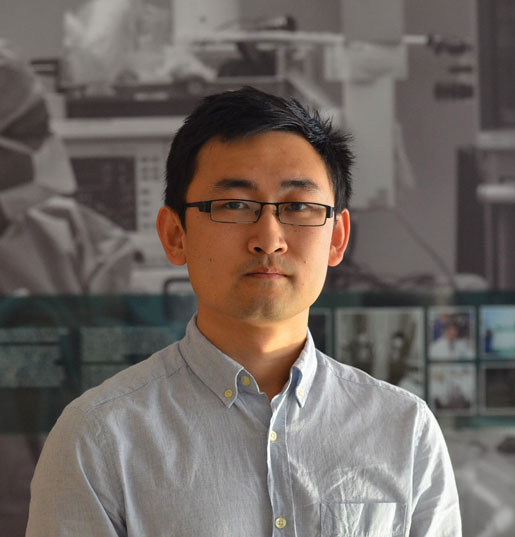Medtech's Rising Stars: Boyang Zhang
Boyang Zhang
July 27, 2016

Boyang Zhang | |
Boyang Zhang, 28--Postdoctoral fellow, University of Toronto AngioChip was created as part of Zhang's PhD studies to offer a way to vascularize tissue with a permeable, mechanically stable polymer vascular bed. Zhang is part of a team of researchers hand building AngioChip platforms, which have potential to be used for drug discovery and regenerative medicine. Zhang explained, "Engineering vascular networks within a functional tissue is essential to achieve high fidelity organ-on-a-chip models on the micro-scale as well as for the clinical success of solid tissue replacements on the macro-scale." What's next--in his own words: "We are currently developing this technology further by adapting AngioChip onto a 96-well plate format. Multi-well plates are widely used in the pharmaceutical industry for drug screening. With gravity-driven flow we will eliminate the use of external pumps and the 96-well plate format will make the system readily adaptable to the industrial automation infrastructure, such as robotic pipetting, plate reader, and imaging systems, etc. This will significantly reduce the translational cost of these devices." What are the biggest factors that helped you become a young innovator? "I personally benefited greatly from having excellent teachers and mentors. I got on the path of chemical engineering because I was fortunate to have a great chemistry teacher in high school. When I took my first major course in chemical engineering by the second year of my undergraduate study, I had the opportunity to personally interact with my lecturer who was doing research in microfluidic field. Back then this field was very new. I was fascinated by how conventional chemical engineering knowledge for chemical processing in large industrial plants can be applied to microfluidic system that fits on the palm of my hand. That's when I know I wanted to pursue this new frontier in science. In my PhD study, I was fortunate to work with Dr. Milica Radisic at the interface between engineering and applied biology, where I can locate real problems in biological research and tackle these problems with microfluidics. AngioChip is really a great example of how microfluidic technology was utilized to solve problem in the field of tissue engineering." What is the biggest challenge you have faced so far? "It is difficult to keep up with the field since innovations are happening so fast. A new technology might become outdated very soon. We have to constantly move forward by either innovating or adapting to new technologies." | |
Continue on to the "2016 Medical Design Excellence Awards Winners" | |
| |
[Image courtesy of BOYANG ZHANG] |
You May Also Like



.png?width=300&auto=webp&quality=80&disable=upscale)
